
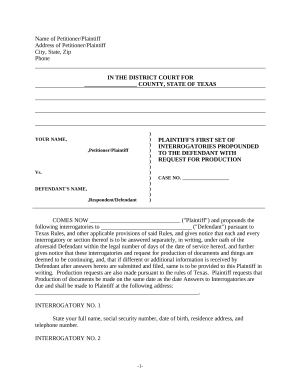

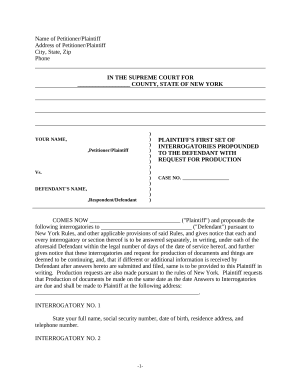
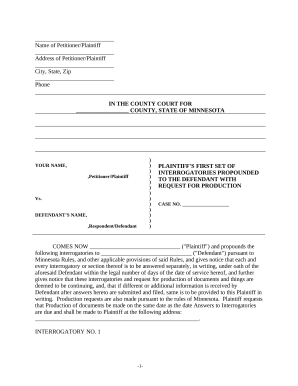
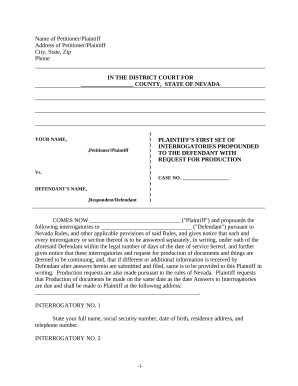
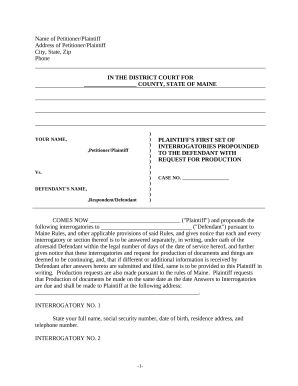
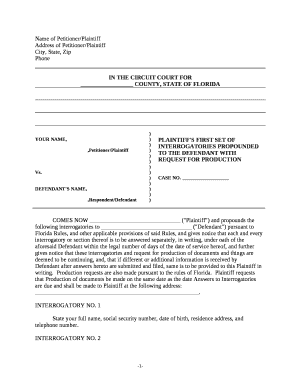


Speed up your form management with the Plaintiff to Defendant Discovery Forms online library with ready-made templates that suit your needs. Get the form, change it, complete it, and share it with your contributors without breaking a sweat. Start working more effectively with your forms.
The best way to use our Plaintiff to Defendant Discovery Forms:
Explore all the opportunities for your online document management with the Plaintiff to Defendant Discovery Forms. Get a free free DocHub account today!